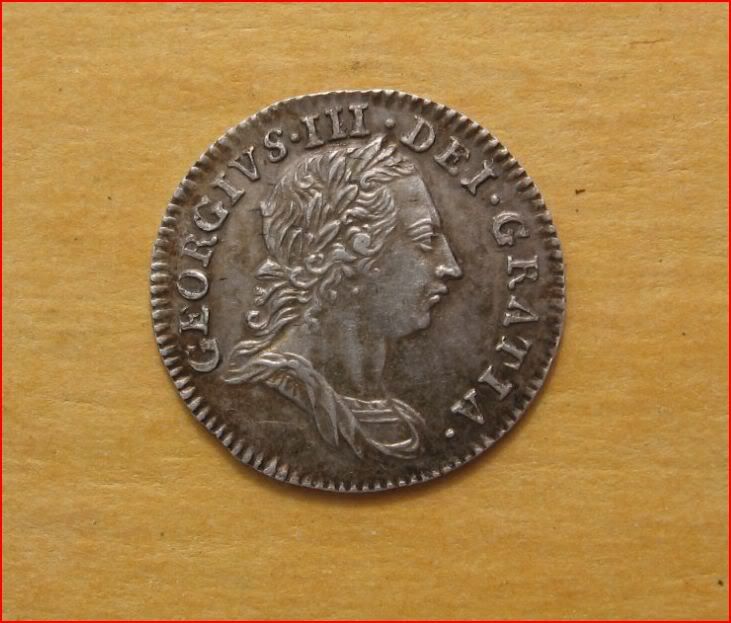Options
That Tyrant King George
One from the vaults this morning.I seem to have accumulated a considerable amount of Maundy money from a lot of eras , i like this one a lot.It displays wonderful toning not captured in the photo.
Here's my question , it's easy to spot Maundy money by the denomination , 1d , 2d and 4d in silver , but how does one tell the difference with a commen silver 3d and a Maundy 3d ?Thanks


Here's my question , it's easy to spot Maundy money by the denomination , 1d , 2d and 4d in silver , but how does one tell the difference with a commen silver 3d and a Maundy 3d ?Thanks


0
Comments
Proof-like Maundy coins as we know today have only been produced since the 1816 recoinage when Boulton's recently installed power driven coining equipment was used, allowing consistent striking conditions. Prior to 1800, the coins we consider Maundy money were used as regular currency and struck as such although a few rare proofs are known. The 4,3,2 &1d coins of Charles II were issued as a continuation of the range of currencies issued under previous monarchs for normal day to day transactions. That they were used for Maundy payments goes without saying as it would be difficult to make up the correct amount corresponding to the age of the monarch without their use, but the actual issuance of the small denominations is clearly in excess of the requirements for the Maundy ceremony and their main reason for existence was trade. The demand for coin in the market place would determine why some years have all four denominations struck while others have none or some issued.
I don't know if the ceremony was performed during the Commonwealth years as there was no head of state as such, so conjecturally they may have reverted to the payments documented for King John of giving 13 pence (one for each of the disciples and Jesus) if indeed it took place at all. Charles II is supposed to have been enthusiastic about the Maundy ceremony which possibly suggests the former regime may not have been so.
For some reason i thought because there were silver 1d's , silver 2d's and 4d's that those had to be Maundy.I was aware of a silver groat which is 4d but i thought it was written as four pence rather than 4d.
I didn't buy the Spinks book a minute too soon eh ?
<< <i>I was aware of a silver groat which is 4d but i thought it was written as four pence rather than 4d. >>
The groat with FOUR PENCE written on it that was introduced in 1836 was the fare for a Hackney carriage at the time.